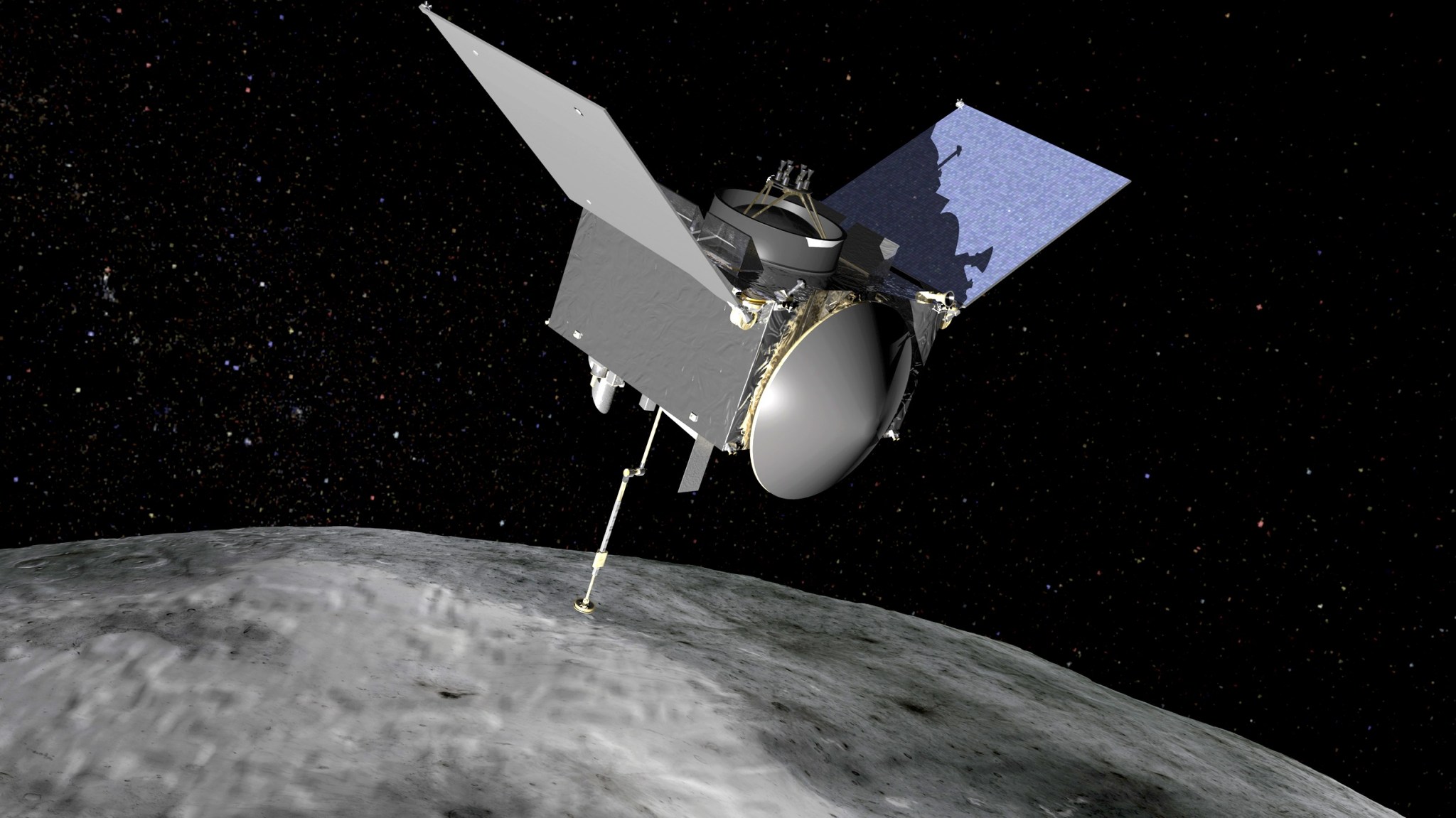Today, the Canadian Space Agency (CSA) announced a significant contribution to NASA’s Origins, Spectral Interpretation, Resource Identification, Security, Regolith Explorer (OSIRIS-REx) mission.
Canada’s contribution to the mission is the OSIRIS-REx Laser Altimeter (OLA), a sophisticated laser-based mapping system. The OSIRIS-REx Laser Altimeter will be used to create unprecedented 3-D maps of asteroid Bennu to help the mission team select a site from which to collect a sample.
“The OLA instrument provides a valuable contribution to the OSIRIS-REx mission, so we’re very encouraged that CSA received approval from the Canadian Government’s Treasury Board for the OLA instrument to enter its flight development phase,” said Mike Donnelly, OSIRIS-REx project manager at NASA’s Goddard Space Flight Center in Greenbelt, Maryland. “We look forward to OLA being delivered for integration with the spacecraft in November 2015.”
In exchange for the OSIRIS-REx Laser Altimeter, the Canadian Space Agency will own 4 percent of the returned sample, providing the Canadian scientific community with its first-ever direct access to a returned asteroid sample.

The OSIRIS-REx spacecraft will travel to a near-Earth asteroid, called Bennu (formerly 1999 RQ36), and bring at least a 2.1-ounce sample back to Earth for study. The OSIRIS-REx mission goal is to address basic questions about the composition of the very early solar system, the source of organic materials and water that made life possible on Earth, and to better predict the orbits of asteroids that represent collision threats to Earth.
OSIRIS-REx is scheduled for launch in late 2016. As planned, the spacecraft will reach its asteroid target in 2018 and return a sample to Earth in 2023.
Goddard will provide overall mission management, systems engineering and safety and mission assurance for OSIRIS-REx. Dante Lauretta is the mission’s principal investigator at the University of Arizona. Lockheed Martin Space Systems in Denver will build the spacecraft. OSIRIS-REx is the third mission in NASA’s New Frontiers Program. NASA’s Marshall Space Flight Center in Huntsville, Alabama, manages New Frontiers for the agency’s Science Mission Directorate in Washington.
Nancy N. Jones
NASA’s Goddard Space Flight Center, Greenbelt, Maryland

























